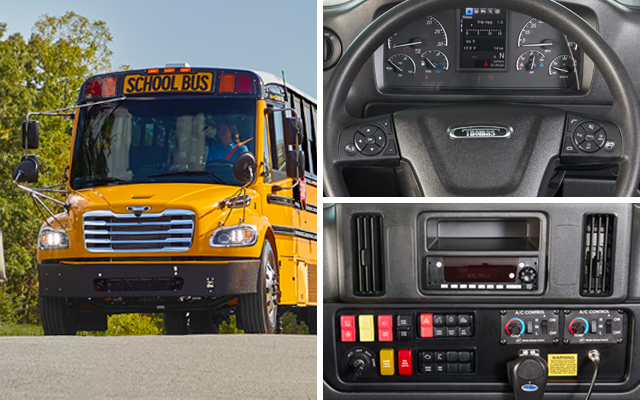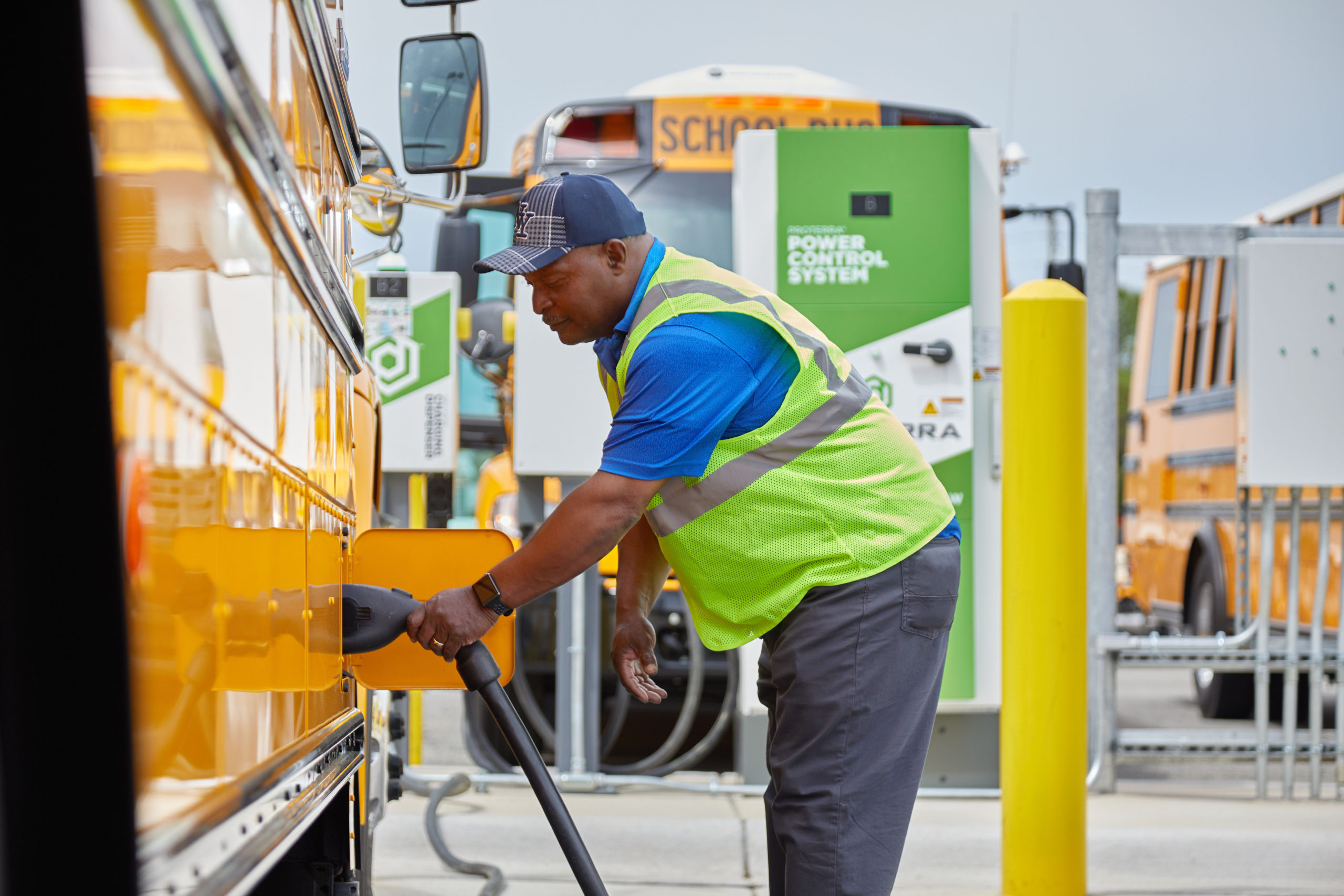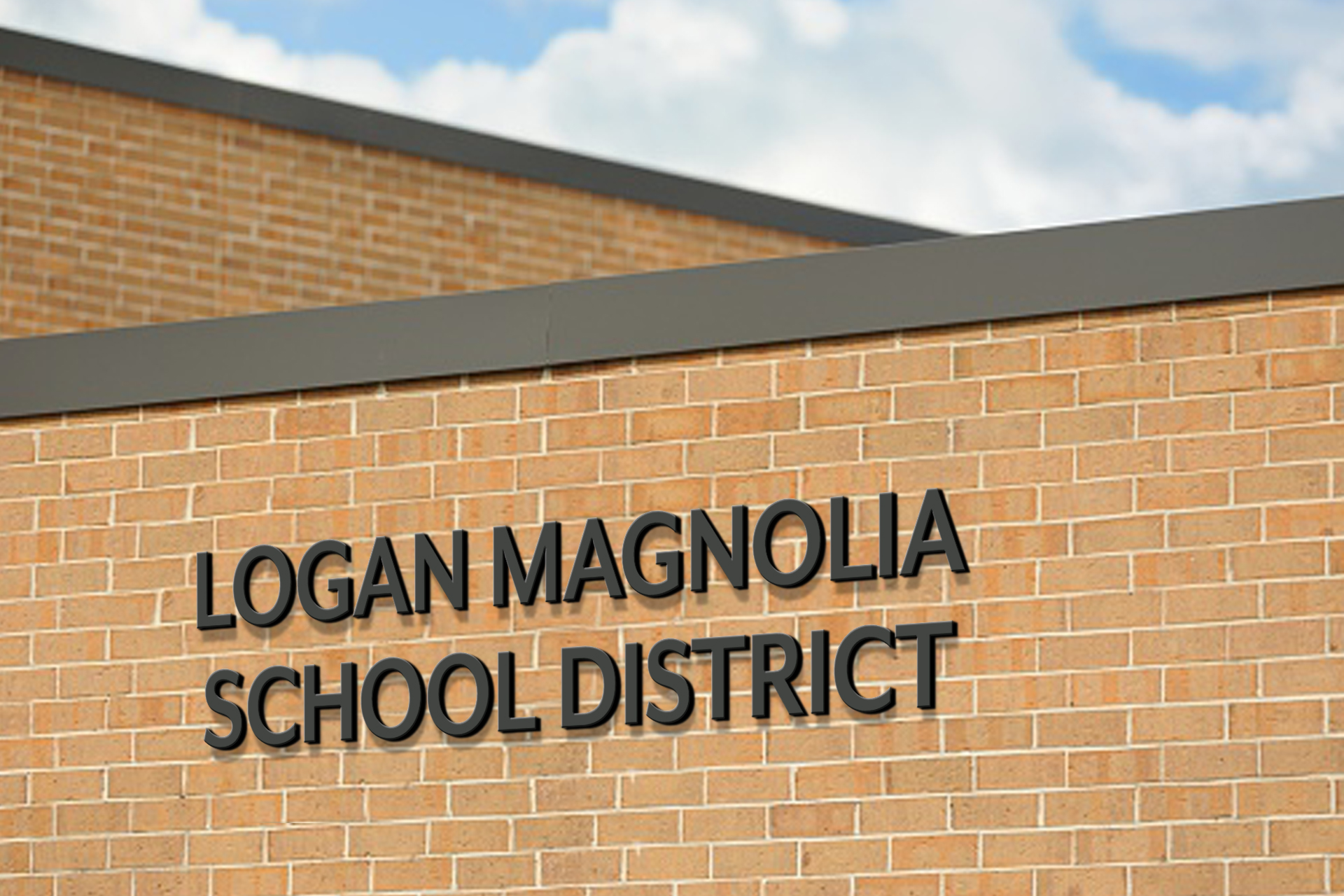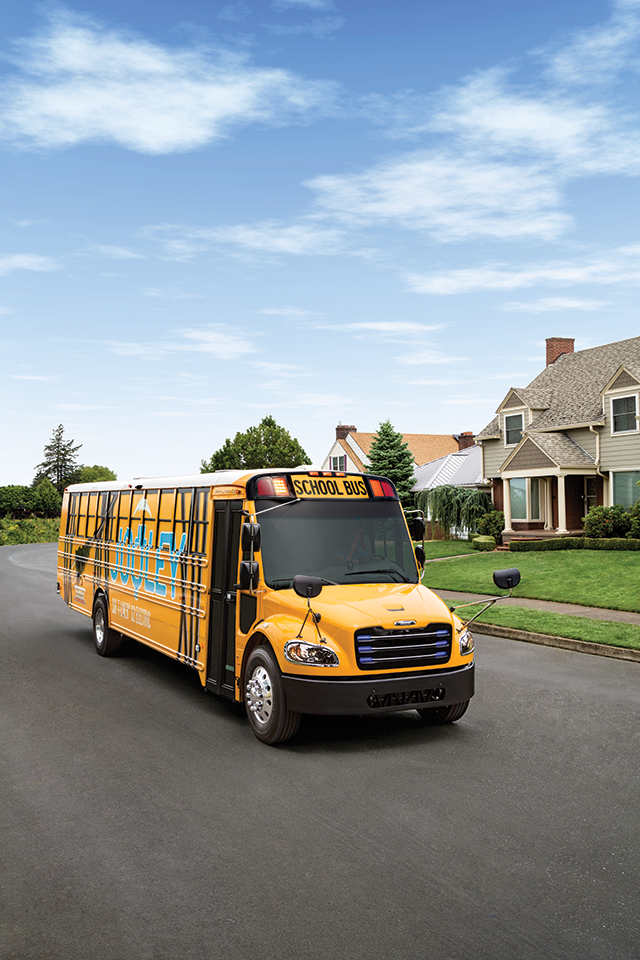
Upgrading the C2’s User-Experience for a New Era of Drivers
Student safety is in the hands of school bus drivers. The more comfortable and confident drivers feel, the more safely they drive.
For the last 20 years, Thomas Built Buses has supplied the industry with advanced electronics engineered with safety prioritized in every detail. Our Saf-T-Liner® C2 was designed…

As electric school buses continue to gain momentum across the U.S. through federal incentives like the EPA’s Clean School Bus Program, school districts are looking for help in transitioning their traditional bus fleets to electric, including building out electric vehicle (EV) infrastructure.
Building and implementing charging infrastructure can be a daunting task, with challenges…

From Kendra Eads, VP of Engineering and Technology at Thomas Built Buses
As we gear up for the back-to-school season, it’s important to recognize the significant advancements in school bus technology that enhance the safety and well-being of our students during their daily journeys.
At Thomas Built Buses, our commitment to safety is evident in our mission and…

(Em)Powering a Greener Future: Logan-Magnolia Community Schools' Journey with Electric School Bus Infrastructure Consulting
In today’s educational landscape, schools across the country are making strides towards embracing sustainable solutions.
A prime example of this is unfolding at Logan-Magnolia Community Schools in Iowa, under the leadership of Kurtis Hinkel, the grounds and transportation director.
Fueled by the vision of transitioning their fleet to electric, the school district recently…

With quiet and clean operation, districts across the country are realizing the benefits of electric school buses. But the benefits aren’t just for the big-city schools or those with deeper budgets. The feasibility and benefits of electric school buses are things that all districts should consider. In fact, it is estimated that within the next 10-15 years, electric school buses will be the norm in most districts, and with good reason. Here are just a few reasons why:
-
- Zero emissions – Although clean-diesel and alternatively-fueled school buses are significantly cleaner than they were in the past, electric school buses like the Saf-T-Liner® C2 Jouley® Electric School Bus produce zero emissions at the tailpipe. That cleaner air not only is great for the children on board but also for the neighborhood and for the community as a whole. But what about the pollution caused by the creation of electricity, which in turn powers the electric bus? What about indirect pollution?The emissions created by the generation of electricity vary by state, depending on how the electricity is generated (by coal, natural gas, nuclear power, etc.). While electricity produced by burning coal creates harmful pollutants, natural gas and other alternative fuels allow for much cleaner energy production. A 2014 study calculated the social cost of emissions of an old diesel school bus vs. an electric school bus, taking into account the cost of acquiring or producing the fuel/power source as well as the environmental cost. The study found that the estimated social cost for an old diesel school bus was $0.08 per mile and around $0.0172 for an electric school bus. The study further estimated that the social cost of an electric school bus would decrease to around $0.0149 per mile by 2030.
Again, this figure varies by state and is constantly changing depending on how electricity is produced. Across the country, states are shifting from burning coal to using cleaner natural gas or other alternative fuels to produce electricity. As long as methane is not leaked from the power plant while electricity is being produced, electric school buses are overall a better choice for the environment.
- Efficient and cost-effective – Electric school buses are highly efficient and cost less to fuel than diesel, propane, gasoline or compressed natural gas buses. Because there are fewer moving parts (fewer than ten), they also cost less to maintain. In fact, it is estimated that electric school buses cost less than half of what it would cost to run an old diesel school bus. Plus, these savings can continue to grow as government funding and incentives kick in, the cost of batteries continues to decline, and possible revenue sources from utility companies begin to emerge.
- Zero emissions – Although clean-diesel and alternatively-fueled school buses are significantly cleaner than they were in the past, electric school buses like the Saf-T-Liner® C2 Jouley® Electric School Bus produce zero emissions at the tailpipe. That cleaner air not only is great for the children on board but also for the neighborhood and for the community as a whole. But what about the pollution caused by the creation of electricity, which in turn powers the electric bus? What about indirect pollution?The emissions created by the generation of electricity vary by state, depending on how the electricity is generated (by coal, natural gas, nuclear power, etc.). While electricity produced by burning coal creates harmful pollutants, natural gas and other alternative fuels allow for much cleaner energy production. A 2014 study calculated the social cost of emissions of an old diesel school bus vs. an electric school bus, taking into account the cost of acquiring or producing the fuel/power source as well as the environmental cost. The study found that the estimated social cost for an old diesel school bus was $0.08 per mile and around $0.0172 for an electric school bus. The study further estimated that the social cost of an electric school bus would decrease to around $0.0149 per mile by 2030.
- Safe – Electric school buses are safe and are becoming even safer with innovations like Proterra’s state-of-the-art battery technology. On Thomas Built’s Jouley electric school bus, for instance, Proterra’s battery packs are made from heavy-duty, lightweight ballistic-grade materials and are tested to withstand heat, cold, impact, vibration and submersion. In the rare case of a cell failure, the issue will be isolated to a single cell and will not spread to neighboring battery cells. Plus, all battery cells are constantly monitored via sensors to ensure optimal performance and safe operation.
And those are just safety features of the battery itself. Thomas Built Buses has undergone extensive testing and quality control on the Jouley electric bus to not only ensure a reliable and quality bus, but to ensure safety. To date, Thomas Built has tested their electric school buses for high voltage safety, functional safety, cold-weather performance, reliability and durability – more testing than any other manufacturer and they continue to monitor performance even after the buses have been deployed.In addition, following the delivery of any electric school bus, Thomas Built Buses works with on-site maintenance teams to ensure that all technicians are trained to work on Jouley and on high voltage electrical systems.
- Battery storage and grid balancing – With new vehicle-to-grid (V2G) capabilities, electric school buses are excellent battery storage units where unused power can be drawn from the school buses back into the energy grid during idle times – especially in the evenings, weekends and summer months. Utility companies across the country are poised to pay districts for the stored energy transferred back to the grid, which is estimated to be around $6,000 in revenue per year, depending on utility rates. In addition, electric school buses could be deployed to assist with energy needs during national disasters or extended power outages.
With all of the benefits of new electric school buses, it’s hard to pass them up. To learn more about Thomas Built Buses electric school bus options and the feasibility of adding electric to your fleet, contact the Thomas Built Buses Electric Bus Authority Team.
